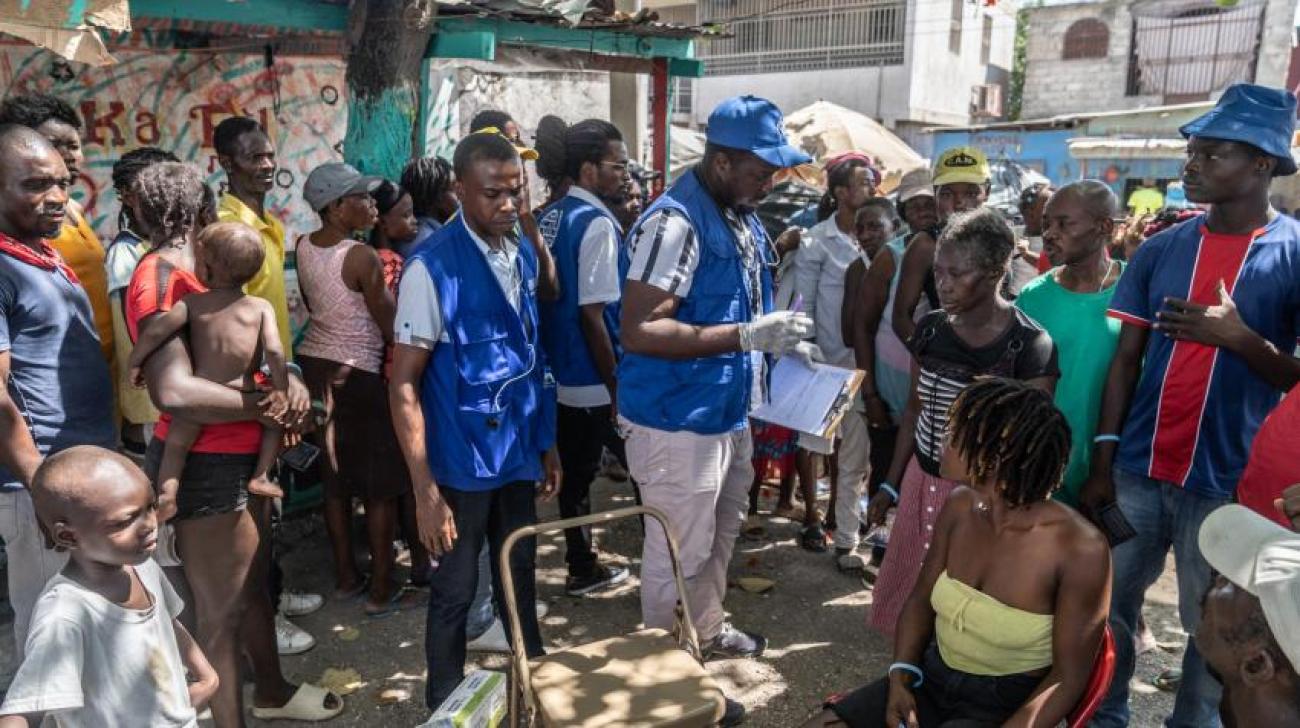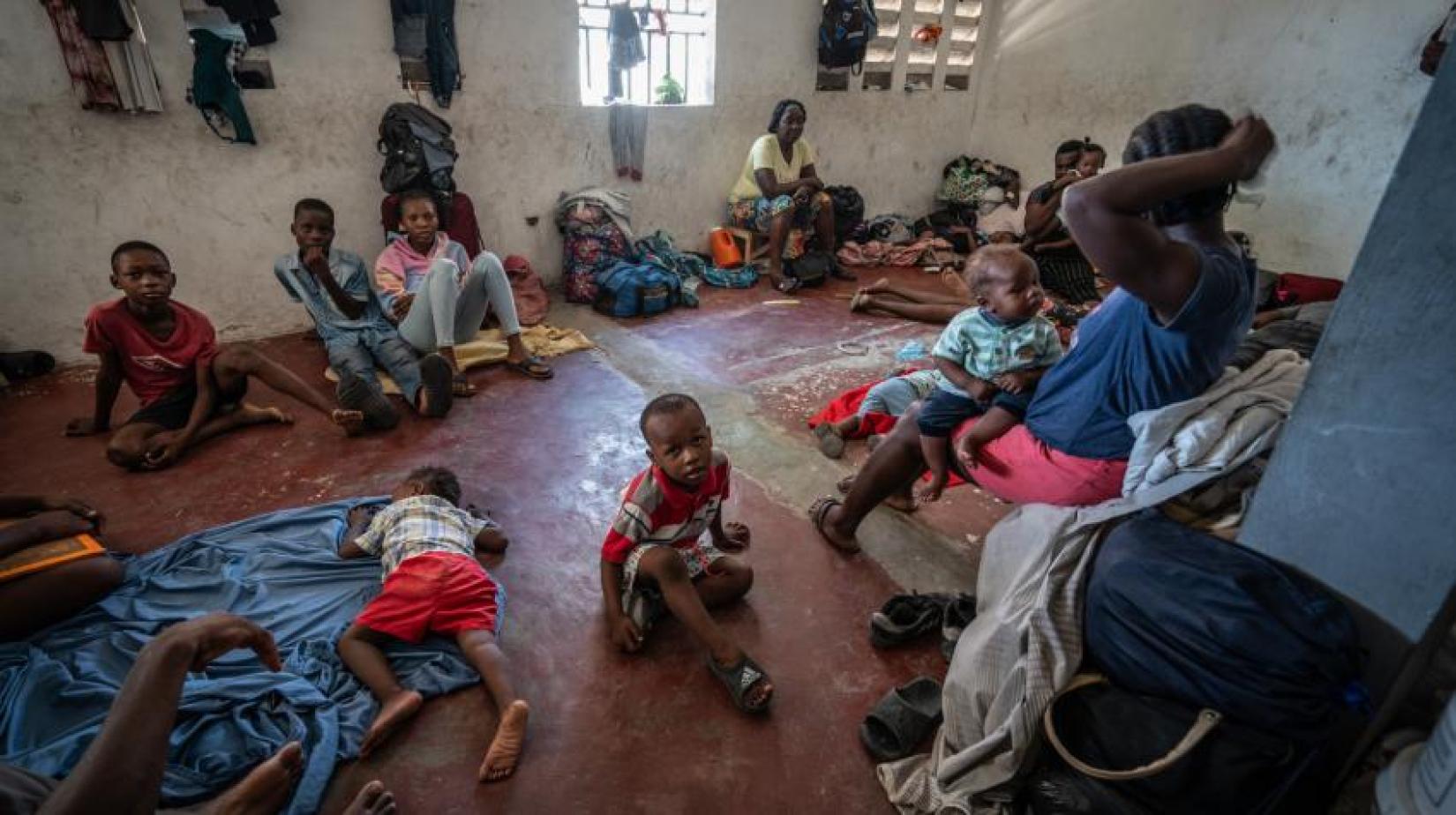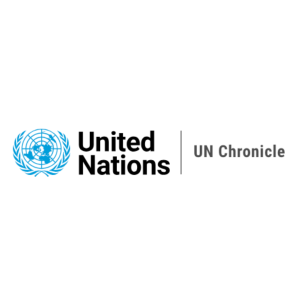A window of opportunity in Haiti

UN Chronicle article by Edem Wosornu, Director, Operations and Advocacy Division, United Nations Office for the Coordination of Humanitarian Affairs (OCHA).
In July this year, I spent a week in Haiti, together with counterparts from the United Nations Children's Fund and the European Union Humanitarian Aid Department, in an effort to gain a clearer understanding of the crisis and how the United Nations and the broader humanitarian community can best support the Haitian people.
Haiti is a beautiful country that has been beset by numerous challenges over the years, most recently incessant violence and insecurity, but also political instability, underinvestment in basic services and a succession of natural disasters. These challenges have blighted the lives of Haitians and have led to an exodus of people from the country, including health workers and teachers, in search of a better life.
The crisis in Haiti today is undoubtedly one of the world’s most severe. Much of the capital, Port-au-Prince, and large parts of the rural south are under the control of armed groups. In the north, violence increasingly threatens the country’s breadbasket, Artibonite. During the first half of 2024, more than 3,600 Haitians were killed, including hundreds of women and children. More than 700,000 people have been forced to flee their homes, over half of whom are women and girls.
During our visit, we sat and spoke with numerous people affected by this worsening crisis: farmers unable to harvest their crops, women farmers unable to take their produce to market, displaced families now sheltering in the schools their children used to attend, and many living in constant fear of kidnapping or sexual assault at the hands of the armed gangs.
In total, 5.5 million Haitians, nearly half the population, require humanitarian assistance and protection. Hunger is rising, with more than 5 million Haitians facing crisis levels of acute food insecurity. According to the latest Integrated Food Security Phase Classification (IPC) analysis, an estimated 2 million people are in the grips of emergency levels of hunger and at least 6,000 people are facing the highest level of acute food insecurity─IPC Phase 5.

Access to basic services, such as health and education, remains precarious. Just 24 per cent of hospitals are functioning normally in the Port-au-Prince region, although many Haitians lack the means to afford adequate medical care even where it’s available. More than 900 schools have closed, leaving hundreds of thousands of children without access to education at the start of the new school year.
The potential consequences for children are alarming: boys and girls who are out of school are ripe for recruitment into armed groups─it is estimated that children already constitute up to half of their membership. For girls out of school, their risk of exposure to gender-based violence increases dramatically. This is against the backdrop of a terrifying surge in gender-based violence, with sexual violence accounting for a large majority of reported cases. By March 2024, the number of gender-based violence cases reported per month in displacement sites had nearly quadrupled from the start of the year.
These figures reveal a tragic truth: women and girls are bearing the brunt of the protection crisis in Haiti, particularly those who have been displaced.
Despite this seemingly bleak outlook, I came away from the visit energized and with the conviction that with the right attention and support, Haiti and its people have more than a glimmer of hope for a better future. Many Haitians expressed optimism that the Transitional Government and the initial deployment of the Multinational Security Support (MSS) mission could bring about political stability and an improved security situation.

I witnessed first-hand the remarkable strength and resilience of Haitian women and men, a quality they have demonstrated over many years. As families prepare for the back-to-school season, the people of Haiti are not giving up on their children’s education—a powerful testament to their determination. I was humbled by the incredible work of local civil society and humanitarian organizations, going above and beyond to help their fellow citizens, including generously hosting them in their own homes.
Many people were clear on the need for support with basic day-to-day necessities. But many were equally clear on their desire for assistance that would enable them to support themselves, and they were specific about what this assistance looked like. When I travelled to Artibonite, for instance, farmers explicitly stated that they did not want United Nations seeds and supplies. What they were asking for was infrastructure, such as systems for irrigation, that would provide a solid base for rebuilding and sustaining livelihoods and feeding families and communities.
It must be the role of the international community to provide the support that Haitians need—when, and in the form, they need it. In doing so, we can capitalize on the window of opportunity presented by recent developments.
The top priority must be peace and stability. More than anything, this is what is wanted by the Haitians I spoke to. So far, 400 Kenyan police have deployed to Haiti as part of MSS mission, and more are expected to arrive shortly. This is a critical opportunity to reduce levels of violence and improve the security situation so that people can resume their lives and livelihoods.
It is also vital to address the full spectrum of root causes of the humanitarian crisis. This requires not only political and security progress, but simultaneous efforts in development and humanitarian aid. For instance, with some 85 per cent of all schools and hospitals run by the private sector, bringing children back to school and providing adequate healthcare is not a matter for humanitarians alone, but one that requires engagement with State institutions and the stimulation of local businesses and other stakeholders.
And we must sustain an effective, appropriate and principled humanitarian response, on which so many people currently rely. My visit confirmed what I already knew─the United Nations and its partners are doing an incredible job in Haiti under extremely challenging circumstances. Through constant dialogue with all stakeholders, the Office for the Coordination of Humanitarian Affairs (OCHA) has led efforts to ensure that humanitarians can deploy where they are most needed. And by working with local organizations, United Nations agencies have been able to develop localized responses to specific needs in different areas. This includes extensive work with local women’s organizations, which have deep roots in communities and a unique understanding of needs.

Last year, the United Nations was able to reach some 2.6 million people in Haiti with some form of assistance. By the end of 2023, the United Nations was providing nearly 600,000 people per month with food or cash assistance.
But what is lacking─as is often the case─is adequate and flexible funding. As at mid-September, the 2024 Humanitarian Response Plan for Haiti is only 39 per cent funded, having received just $262 million out of $674 million requested for 2024.
There has been some progress since my visit in July. Additional donor funding allowed OCHA to set up a regional pooled fund to provide support in priority areas such as food security and protection. But much more is needed to support Haiti through this crisis.
The cost of inaction is high. Hunger will increase, and temporary shelters will no longer be able to support the displaced. More children will lose years of education, and more will be lost to recruitment by armed groups. Women will continue to face life-threatening complications in pregnancy and childbirth, and girls will continue to face alarming levels of gender-based violence without the urgent medical assistance they need.
None of this is inevitable. At the recent opening of the seventy-ninth session of the United Nations General Assembly in New York, leaders convened to discuss concrete avenues for supporting Haiti. Now the international community must turn commitments into action, while the window of opportunity remains open. And it must ensure that the United Nations and the broader humanitarian and development community have the necessary resources to help the country navigate this challenging time. With the right attention and support, we can help Haiti along the path towards security, stability and the foundations of a lasting peace that its people so richly deserve.
..............................................................
This story was first published by UN Chronicle.
Written by








